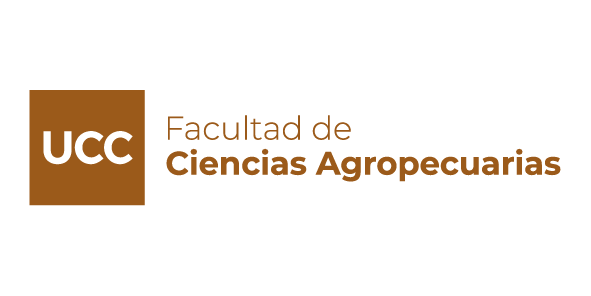Anesthesia in brachycephalic dogs: preventive management of frequent complications
DOI:
https://doi.org/10.22529/me.2023.8(3)03Abstract
Peri-anesthetic mortality in brachycephalic dogs is primarily higher due to the respiratory and digestive
peculiarities they present. Adequate staging of these conditions to determine anesthetic risk is crucial in
establishing the appropriate anesthetic strategy. Patient preparation should focus on reducing the incidence
of vomiting and regurgitation. Airway management should be carefully planned, as the likelihood of
encountering a difficult and complex airway is possible. The highest rate of complications occurs during
recovery, where extubation should be performed late. It is important to be prepared for re-anesthetizing and
re-intubating in case of airway obstruction signs. Humidified oxygen therapy in the postoperative period is
essential, as well as the possibility of requiring nebulization with vasoactive agents to reduce mucosal inflammation.
Non-cardiogenic pulmonary edema can be a cause of respiratory failure even hours after
extubation.
Published
How to Cite
Issue
Section
License
Copyright (c) 2023 Methodo Investigación Aplicada a las Ciencias Biológicas

This work is licensed under a Creative Commons Attribution-NonCommercial-ShareAlike 4.0 International License.




















